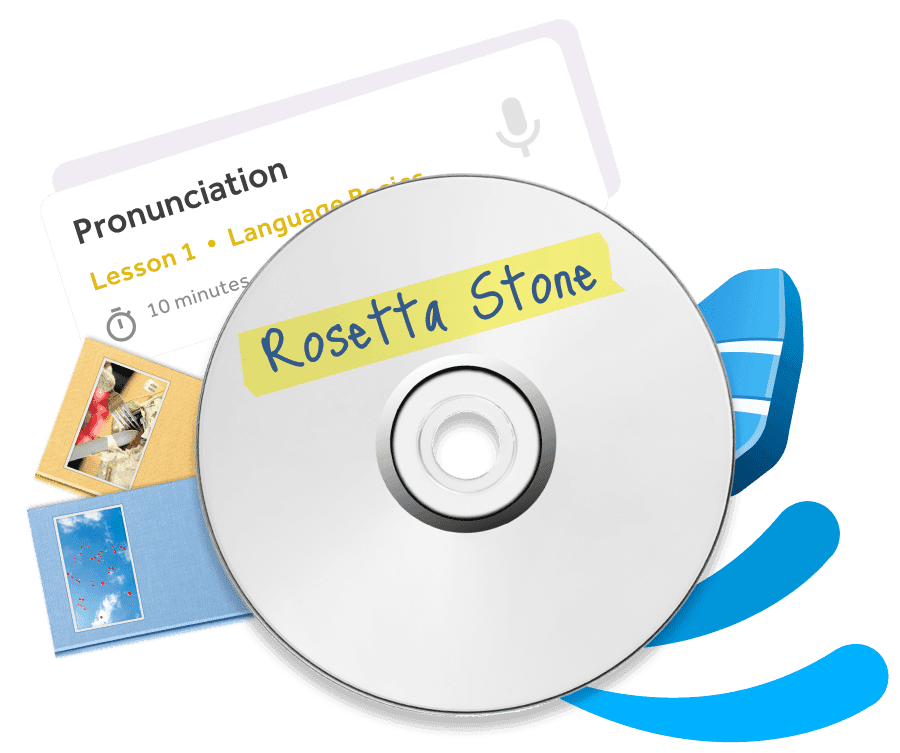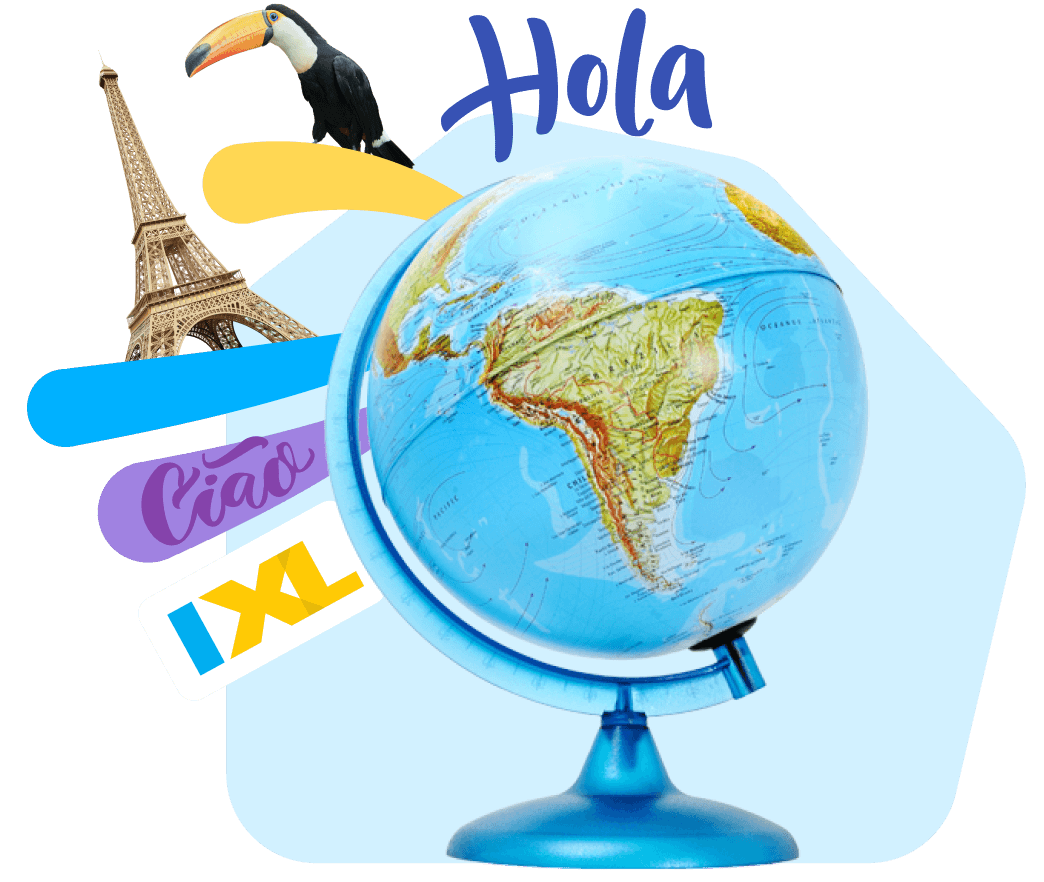About us
Rosetta Stone's history
Founded in 1992, Rosetta Stone uses cloud-based technology to help all types of learners read, write, and speak more than 30 languages, including several that are endangered. Today, Rosetta Stone is one of the most recognized language learning companies in the world.

Rosetta Stone began with one man's dream to find a better way to learn a language.
After struggling to learn Russian through traditional methods, Founder Allen Stoltzfus set out to develop an effective way to learn a new language through natural immersion in the late 1980s. He envisioned using computer technology to simulate the way that people learn their native language—with pictures and sounds in context, and with no translation—and innovate language education for learners of all ages.
Stoltzfus enlisted the help of his brother-in-law, John Fairfield, to explore the possibilities of making his dream a reality, and, in 1992, CD-ROM technology made the project possible. Together they founded Fairfield Language Technologies in Harrisonburg, Virginia, with Stoltzfus at the helm as the company's first chairman and president. He recruited his brother, Eugene Stoltzfus, to lend his design expertise to the structural and visual components of the program. The resulting product was then named “Rosetta Stone”, after the artifact that had unlocked the secrets of Egyptian hieroglyphics for linguists. The name certainly fits, as Rosetta Stone products now unlock learning success for millions of users worldwide.

In 2003, Rosetta Stone went global
Rosetta Stone established offices in major markets around the world, and in 2006, the company was officially renamed after its signature product.
2021 marked a year of transformation for the company as it joined the IXL Learning family of brands, along with IXL, Vocabulary.com, Education.com, and Wyzant.
Today, Rosetta Stone continues to serve clients worldwide, with offices in six countries.
